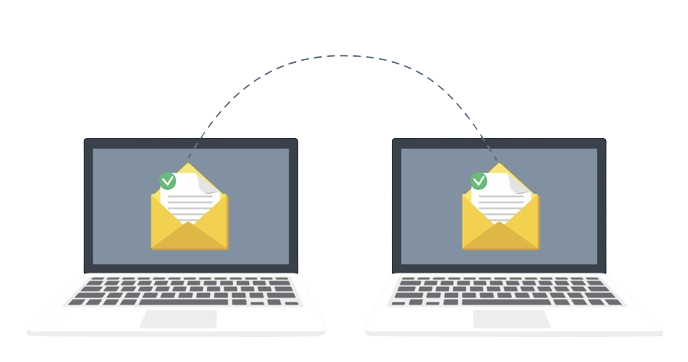Handling email forwarding and auto-responders during migration is crucial to ensure that communications are not disrupted and users continue to receive messages seamlessly. Here are strategies to effectively manage email forwarding and auto-responders during :
1. Pre-Migration Preparation
Identify Existing Forwarding and Auto-Responder Settings
- Inventory:
- Conduct an inventory of all email accounts and identify which accounts have forwarding rules or auto-responder settings enabled.
- User Input:
- Encourage users to provide information about any existing forwarding rules or auto-responder configurations they have set up.
2. Communication and Planning
Notify Users
- Advance Notice:
- Notify users well in advance about the schedule and how it will impact their email forwarding and auto-responder settings.
- Instructions:
- Provide clear instructions on what actions users need to take before, during, and after the to manage their email forwarding and auto-responders effectively.
3. Migration Execution
Handle Email Forwarding
- Temporary Suspension:
- Temporarily suspend email forwarding rules during the process to prevent emails from being lost or misdirected.
- Communicate to users that they may need to manually forward emails during this period if necessary.
Manage Auto-Responders
- Disable Auto-Responders:
- Disable auto-responder settings temporarily before the to avoid sending outdated or incorrect responses during the transition.
- Provide guidance to users on how to set up auto-responder messages in the new email system post-.
4. Post-Migration Verification
Reconfigure Forwarding and Auto-Responders
- User Responsibilities:
- Instruct users to review and reconfigure their forwarding rules and auto-responder settings in the new email system once is complete.
- Testing:
- Encourage users to test their forwarding rules and auto-responder messages to ensure they are functioning correctly in the new environment.
5. Continuous Monitoring and Support
Monitor for Issues
- Performance Monitoring:
- Monitor email forwarding and auto-responder functionalities post-to promptly address any issues that may arise.
- User Support:
- Provide ongoing support and assistance to users who encounter difficulties with setting up or managing their email forwarding and auto-responder settings.

6. Documentation and Training
Provide Resources
- Documentation:
- Create user-friendly documentation and FAQs that explain how to set up and manage email forwarding and auto-responders in the new email system.
- Training Sessions:
- Offer training sessions or webinars to educate users on best practices for configuring and using these features effectively.
Key Considerations
Data Security and Privacy
- Confidential Information:
- Ensure that email forwarding and auto-responder settings do not compromise the security or privacy of sensitive information.
- Compliance:
- Adhere to legal and regulatory requirements when handling email forwarding and auto-responder messages, especially in regulated industries.
Example Plan Outline
- Pre-Migration Preparation:
- Inventory existing email forwarding and auto-responder settings.
- Notify users and provide instructions on managing these settings during.
- Migration Execution:
- Temporarily suspend forwarding rules and disable auto-responders.
- Monitor migration progress and communicate any changes to users.
- Post-Migration Verification:
- Instruct users to reconfigure forwarding rules and set up auto-responders in the new email system.
- Test functionality and provide support for troubleshooting.
- Documentation and Training:
- Develop user guides and FAQs on managing forwarding and auto-responder settings.
- Conduct training sessions to educate users on using these features effectively.
By following these strategies and ensuring proactive communication with users, organizations can successfully handle email forwarding and auto-responders during migration, minimizing disruptions and ensuring a smooth transition to the new email system.



